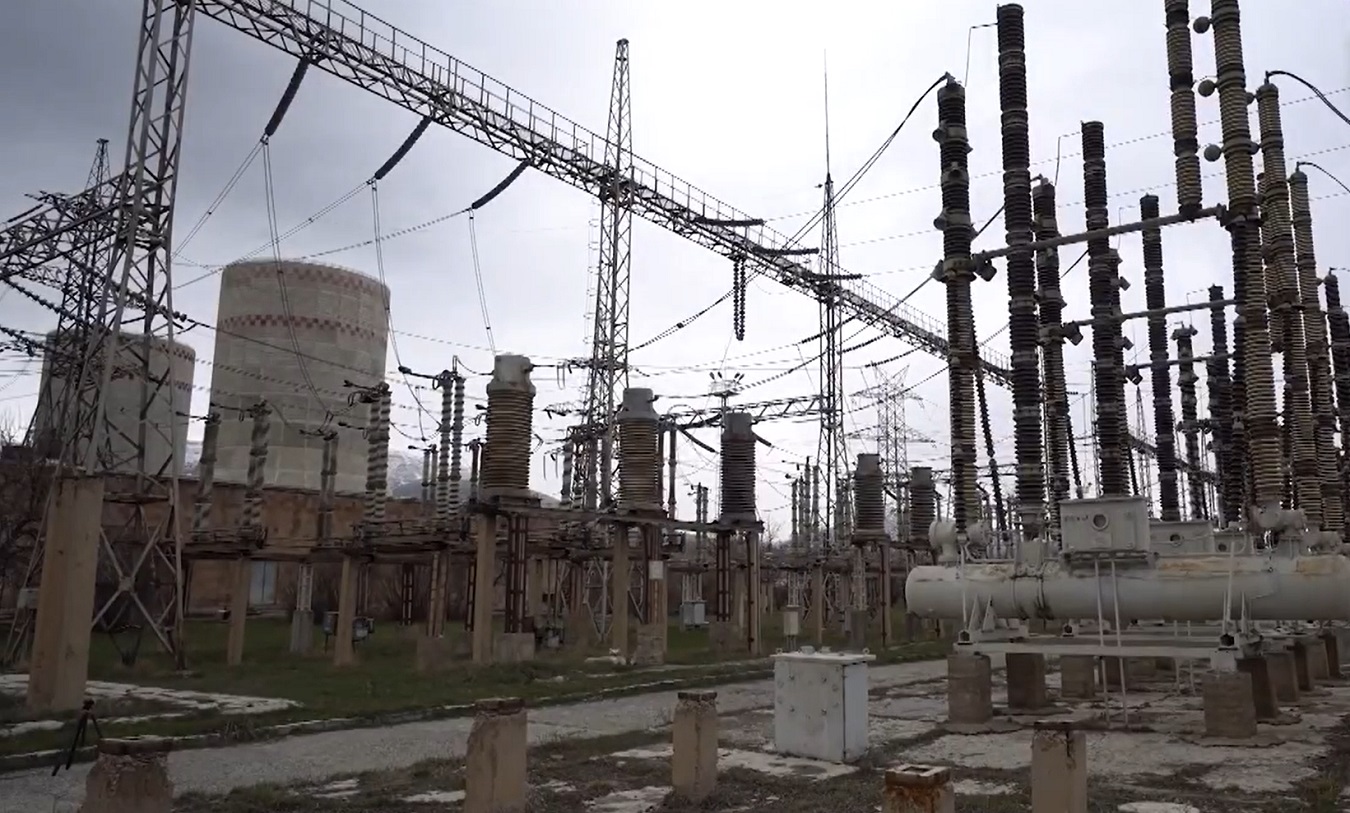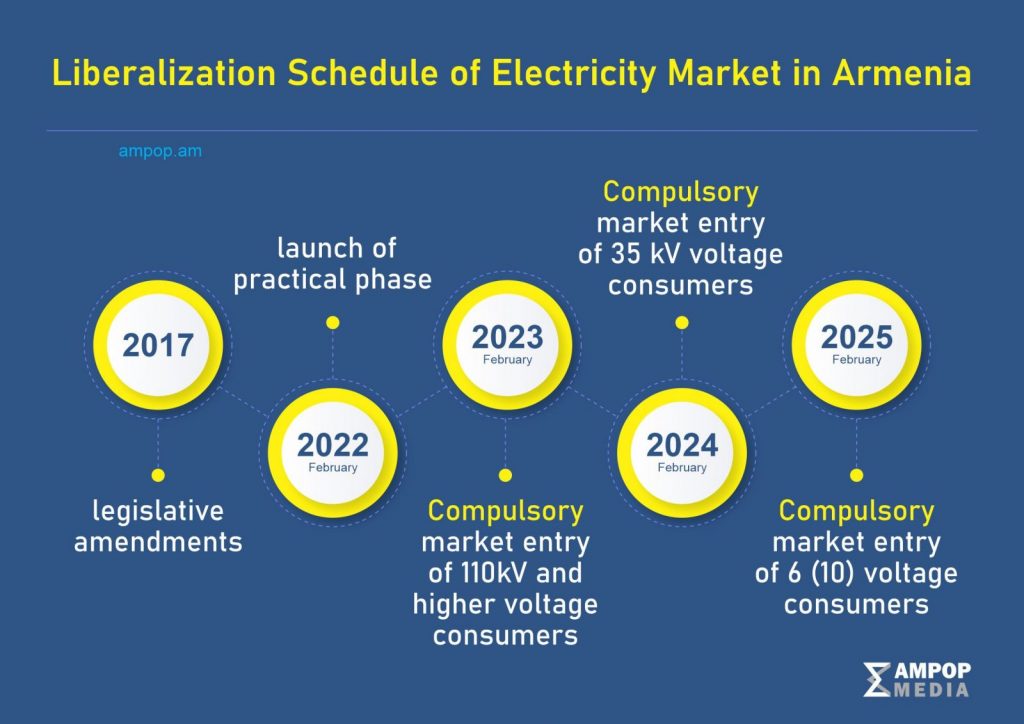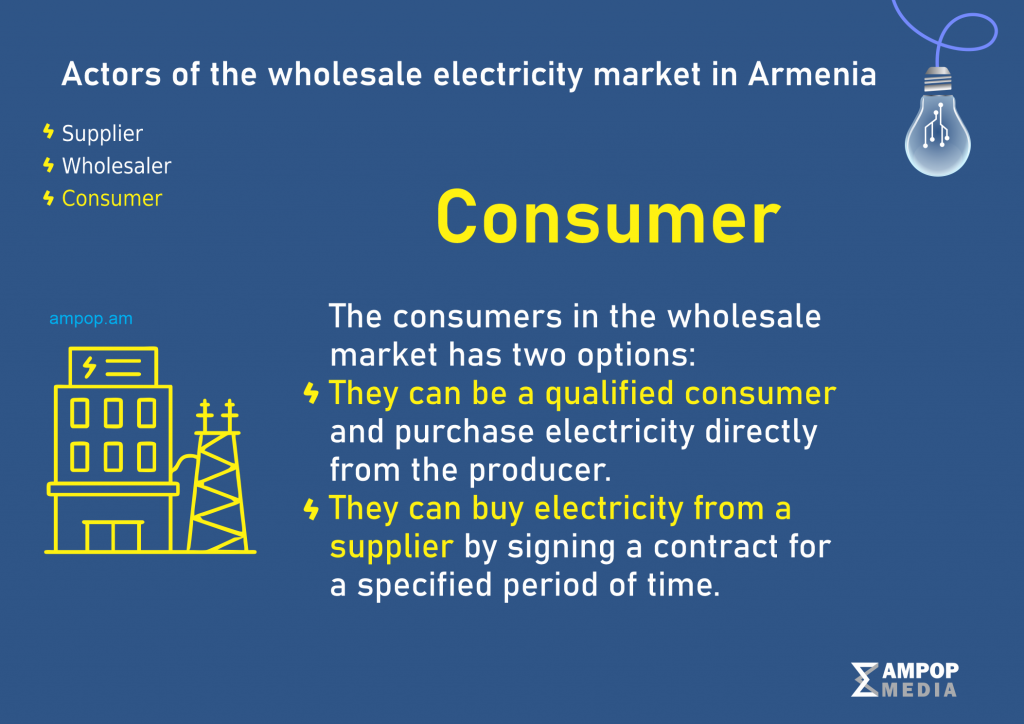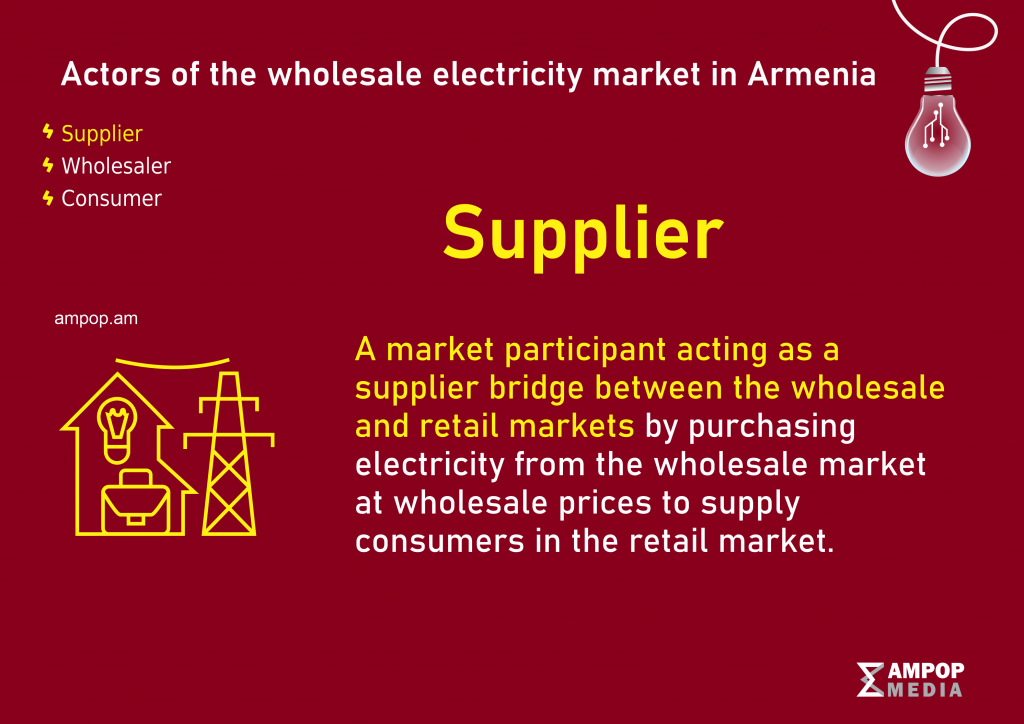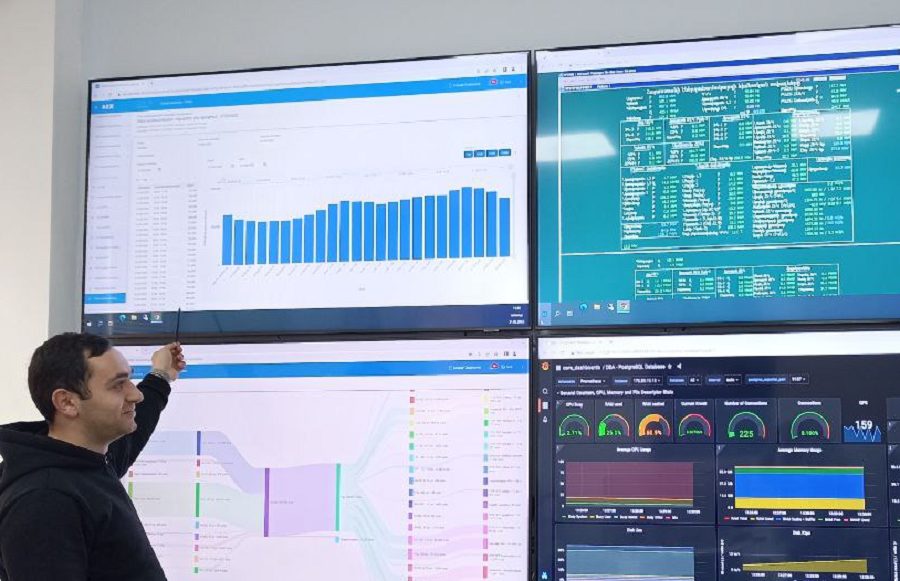Consumers in the wholesale electricity market have long been utilizing the electronic platform known as the “Market Management System” (MMS), which enables them to explore and select alternative electricity suppliers apart from the well-known provider “Electric Networks of Armenia” CJSC (ENA).
These open market dynamics are relatively recent within the electricity sector, with practical implementation commencing in February 2022. Legislative efforts towards this direction have been underway since 2017.
Since February 1 of this year, consumers who are directly connected to the transmission network or the producer, as well as consumers who operate at 110kV and higher voltage levels and have used more than 1 million kWh of electricity in the previous year, must become qualified consumers or select from available suppliers. Otherwise, these consumers will be charged by the guaranteed supplier, ENA CJSC, at a rate of 53.48 AMD per kWh set by the Public Services Regulatory Commission. Failure to comply results in the consumers being billed by the guaranteed supplier, namely HETC CJSC, at the rate established by the Public Services Regulatory Commission: 53.48 AMD per kWh.
As of April 14, there have been 292 registered participants in the MMP, out of which five are consumers operating at the 110kV level.
How does the free market work?
Prior to the energy sector reform, “Electric Networks of Armenia” CJSC (ENA) served as the sole intermediary between the consumers and producers of electricity. In other words, ENA was the sole buyer and seller of electricity.
However, the market has undergone changes, and currently, three new licensed providers are already operating in the market.
Starting from February 2024, consumers with a voltage level of 35 kV must transition to the free market. Subsequently, from February 2025, consumers with voltage levels of 6 (10) kV must also make the switch.
Regarding consumers with a voltage level of 0.4 kV (mainly households), experts confirm that they currently do not have practical opportunities to participate in the market. This is justified by the fact that the price offered by suppliers, which includes both the cost of electricity purchased from the market and the cost of all other services, cannot be more affordable than the price set by the ENA (Electric Networks of Armenia).
On the other hand, consumers in the wholesale market, if they meet the qualifications, have the option to directly contract with their preferred electricity generating station. To become a qualified consumer (excluding households), it is necessary to have an appropriate metering system with readable meters available in digital format, as well as being connected to either the transmission or distribution network.
A qualified consumer operating independently in the wholesale market carries out all activities autonomously, ranging from forecasting electricity consumption to trading, and assumes personal responsibility for the outcomes.
On the other hand, when a consumer is part of a group of suppliers and signs a contract with the supplier, the responsibility for forecasting the volumes of purchased electricity and presenting the necessary bank guarantee to the market operator rests with the supplier.
In simpler terms, as an ordinary consumer, you don’t need to specialize to engage in market trading. Your role is to negotiate with the supplier regarding the duration and price of the purchased electricity, place an order for the desired amount, and the supplier takes care of the rest, assuming the associated risks,” explains Mesrop Mesropyan, General Director of Electricity Market Operator’s Settlement Center CJSC.
According to Mesropyan, market liberalization aims to achieve two primary objectives:
- Fair pricing: This objective ensures that each market participant pays for electricity based on their accurate purchase or sale planning, effectively holding individuals accountable for the impact they have. In other words, it ensures that everyone pays for the damages they cause.
- Abolition of the electricity purchase and sale monopoly: This goal establishes the foundation for free market competition and facilitates market-based price regulation. By eliminating the monopoly on electricity purchase and sale, it encourages competition and fosters a more dynamic market environment.
Producers, suppliers, and wholesalers can only participate in the wholesale market if they hold relevant licenses issued by the authorized body, the Public Service Regulatory Commission. These licenses serve as a prerequisite for registration and ensure compliance with regulatory standards.
Since February 2022, only six companies that obtained a supplier’s license have applied and registered in the management system. Out of these six, three companies are actively involved in trading.
One of the licensed providers is Enerex which is a subsidiary of the Shtigen Group. Founded in October 2021, Enerex made its first transaction in the liberalized electricity market on April 1, 2022.
Currently, Enerex is one of the three licensed providers operating in the market. The company’s representative emphasizes their experience in risk management, having developed a toolkit that has proven effective in minimizing forecast deviations, which remain at a low percentage.
“As a supplier, we have the capability to balance the electricity supply. If some consumers consume less than their ordered amount while others consume more, we can manage and balance the risks accordingly. Additionally, having a larger consumer base allows us to negotiate prices that are favorable for consumers,” explains Gagik Margaryan, director of Enerex CJSC.
It is worth noting that the deviation in forecasted electricity consumption is directly correlated with the cost of electricity. Greater deviations result in higher costs, and vice versa.
Taking into account the specific characteristics of generating stations and the factors influencing electricity production, Enerex adopts a flexible tariff approach. The tariff for each consumer is adjusted based on various circumstances, but on average, it remains 5-8 percent lower compared to the tariff of the Electric Networks of Armenia.
According to the company’s director, the policy of changing or flexible prices has proven successful, primarily based on customer satisfaction.
“We have been working with the majority of our consumers using this approach until February of this year, and I can confidently say that it benefits the consumer. Our company strives to offer the most cost-effective tariff depending on the time of usage. We develop a mechanism and sign a contract accordingly, considering the consumer’s needs and the amount of electricity consumed at different times,” explains Margaryan.
Furthermore, Enerex takes care of the documentation process for its customers. If a consumer chooses Enerex as their supplier upon entering the market, the company’s representatives handle the paperwork on their behalf.
“In many cases, consumers prefer not to deal with paperwork or specialize in it, and they don’t need to. Consequently, we take care of that aspect. We prepare the necessary documents, present them to the consumer, and only after their agreement, we proceed to sign the contract,” says the company’s head.
A Free Market with Financial Guarantees
To safeguard the interests of all market participants and prevent any adverse impact resulting from the failure of obligations, a requirement is in place for each participant to submit a bank guarantee prior to entering the market.
Should a participant fail to fulfill contractual obligations, including non-payment for electricity or the inability to provide the specified volume, the market operator, responsible for monitoring market activity, deducts the corresponding amount from the participant’s bank account.
The bank guarantee must have a minimum term of 45 days, with an amount not less than 5 million drams.
 To maintain the smooth operation of the market, the market management system prohibits transactions if the value exceeds the consumer’s provided guarantee amount. Mesrop Mesropyan explains this measure as crucial for market stability.
To maintain the smooth operation of the market, the market management system prohibits transactions if the value exceeds the consumer’s provided guarantee amount. Mesrop Mesropyan explains this measure as crucial for market stability.
Furthermore, Mesropyan underscores the importance for suppliers to establish a customer base, engage in negotiations, form consumer groups, and then apply to the market operator.
Currently, a publicly available comprehensive list of consumers does not exist. Suppliers identify consumers individually, meeting them personally and offering their services. The Market Management System (MMS) already comprises consumers of various voltage levels.
Conversely, the list of qualified consumers in the wholesale market is publicly available information accessible through the public reports section of the MMS website (aex.setcenter.am).
There is a high probability that the market liberalization process will adhere to the established schedule and conclude successfully, leading to ENA CJSC exclusively providing distribution services. According to Mesropyan, one plausible outcome of the reform is for ENA CJSC to operate solely as a distribution service provider. However, it is premature to draw definitive conclusions at this stage.
Author: Lilit Poghosyan
Infographics by Anush Baghdasaryan
This article has been written in the framework of the “Access to Energy” project in cooperation with the Friedrich Ebert-Stiftung (FES).
More articles about #EnergySecurity
© All the stories, infographics and other visuals bearing the Ampop Media logo is possible to publish on other audiovisual platforms only in case of an agreement reached with Ampop Media and/or JFF.
Փորձագետի կարծիք
First Published: 28/04/2023


